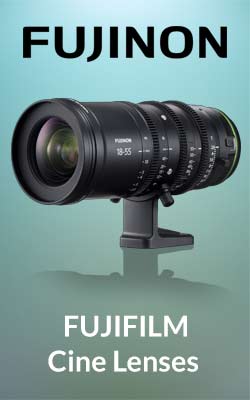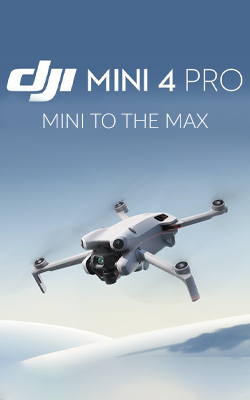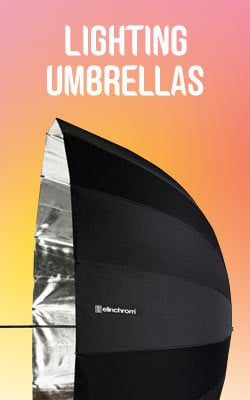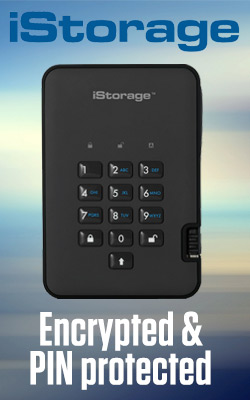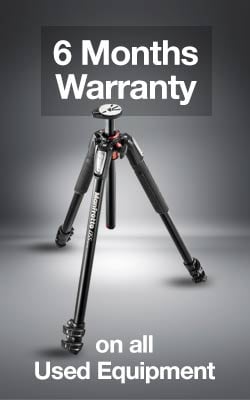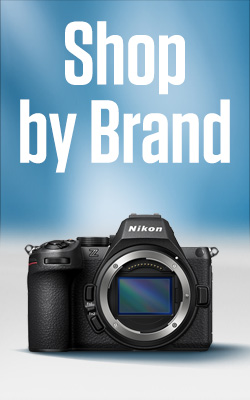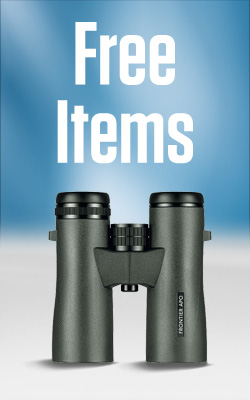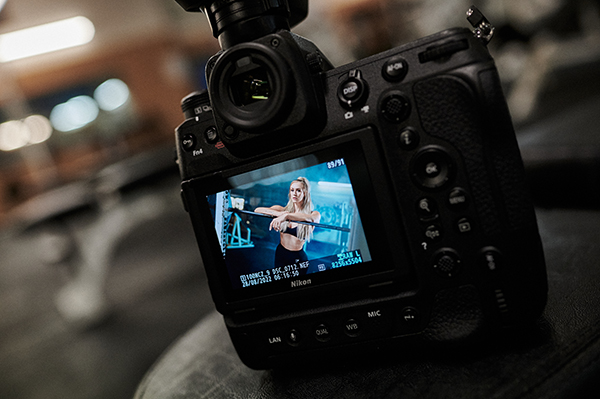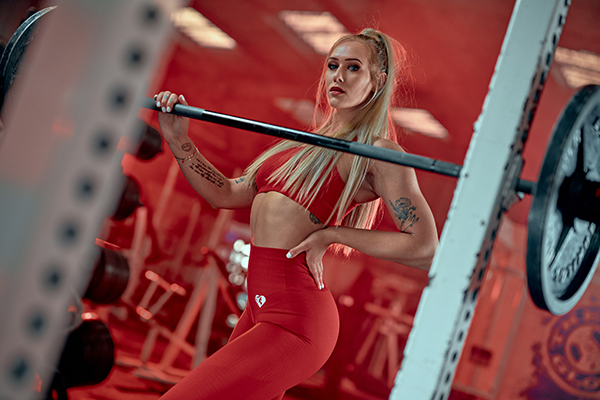Nikon Z9 is Built for the Pro

The Nikon Z9 is a camera that has taken the photography world by storm. It boasts a multitude of high-end specs including a stacked CMOS sensor, and the world’s fastest frame rate with high-speed 120 fps burst shooting, along with the title of Nikon’s first Z-mount pro-level body.
However, with great specifications, comes great demand, and since its launch, it has also been a camera that is famously hard to get hold of. So, when Clifton Cameras got in touch with me to test out the Nikon Z 9, it was an email that I replied YES to right away.
Being a long-time Nikon user, I was interested to see how the Z9 stacked up against my current system and wondered whether this could be the camera that makes me move to mirrorless permanently.
The Update to Mirrorless
I started shooting Nikon when I studied photography at college, with a Nikon FM2n as my first SLR camera. The main reason why I picked up the FM2n was at the time when studying photography, I needed a film camera which suited my needs; a high flash sync speed and full manual control within a film camera – the Nikon ticked those boxes.
Since then, I’ve enjoyed the Nikon ecosystem and how it has always had a camera that suited my needs. I’ve progressed through the Nikon D70s, the D2H, and then made the move to full frame bodies with the D700 and then my last F-mount camera the Nikon D850.

The D850 was my workhorse camera for several years however at the start of 2022 it was starting to show its age. Originally, I was looking to upgrade to the Nikon Z9, however, with the stock shortages, it was an upgrade that I wasn’t able to do right away, so in the end, I bought a Nikon Z 7 II. I chose to opt for this camera as it was the same sensor that I was used to from the D850 but in a smaller lightweight body. The Z7 II also has a much improved focusing system thanks to its face and eye autofocus features.
However, there were things from the D850 that I missed when shooting on the Z7 II. This is why even though I enjoy the Nikon Z7II my sights have always been tempted by the elusive Z9. So how does the Z9 compare to the Z7 II as well as the D850 I was so fond of?
Built for the Professional
One thing I’ve always had on my Nikon cameras is the extra vertical grip. I often shoot a mixture of portrait and landscape-orientated photos and the grip makes it so much easier to shoot vertically.
I personally found the Z7II too small for my hands, driving me to buy the Nikon MB-N11 within a few weeks of owning the camera. However, nothing beats having a camera which has it all built-in like on the Z9.
Yes, it adds weight and a lot of people tend to say mirrorless is all about having a smaller form factor but for me – and when shooting with longer focal length lenses such as the 70-200mm f2.8 or 200mm f2 – the vertical grip creates a better balance. The other benefit of the vertical grip is the increase in battery life and performance, a feature that you really need if you are wanting to shoot all day with the Z9 on a single charge.
Overall, the build and feel of the Nikon felt like a more well-rounded and well-thought-out camera in terms of button placements. All apart from one button, which took me a while to relearn from my muscle memory – the playback button.
On every other Nikon I’ve owned, the playback button has always been on the top left of the camera. From the D700 up to the D850 and even on the Z7 II, the playback is at the top left of the camera body. On the Z9 it can be found on the right side of the camera in the middle area of the body.
When you think about it from a professional view this new placement does actually make sense. You can keep your left hand on the lens and your right hand is naturally on the body near the menu and focus point selector of the camera. It took me a while to adjust to this as old habits die hard, but once I was used to it I could see Nikon’s reasoning behind the move.
Speaking of buttons, it’s nice to see that the Z9 has back-lit buttons, a feature of my old D850 that, although I didn’t use it all the time, can be incredibly useful when shooting within a dimly lit venue.
Focusing that Never Misses
With the advancements of mirrorless systems, gone are the days of having to manually move focus points or having to rely on knowing which tracking mode you need to use in the right shooting situation.
First launched with the Z6 and Z7, the Nikon face tracking and focusing has been okay, not the best, but with firmware updates, it got better. The Nikon Z9’s focus, however, is something else! The way the camera can pick up faces from a distance and keep locked to the eyes whilst the subject is moving around is incredible.
Most of the time I left the camera in the auto-area AF mode with the subject tracking set to person. This allowed me to spend more time focusing on my framing and composition, especially when the 493 focus points cover the sensor edge to edge.
I was extremely impressed when I was shooting a fitness show, as even when there were 5 people out on the stage each individual person had an eye AF point which you could select, so no matter if they were in the centre of the frame or on the edge, I could guarantee a perfectly sharp image. This made shooting the fitness shows extremely easy and took away any worry about missing that shot or that one special moment during the show.
The other feature which I enjoyed was the blackout-free shooting, which for shooting a fast-paced show means you’re always ready for that next frame. Being able to see what’s happening without the viewfinder or screen going dark for that split second or more makes the shooting experience much less stressful and takes the guesswork out of fast-paced composition choices.
Tethered Shooting
For all my show day shoots I am always tethered into Capture One. I find it makes organising photos post-show easier as well as knowing that everything is saved to an SSD right away.
However, one thing I was a little nervous about when shooting with the Nikon Z9 was how will the battery last if I’m trying to shoot the whole show with one battery! Normally on my Z7 II, I’m using a dummy battery plugged into the mains for power, so for the Z9 how I would cope?
Luckily within the menu of the camera, there is a USB power delivery mode where you set the USB-C connection to take power keeping up the charge of the camera. After shooting a whole show for 12 hours the battery level of the camera was at 92%. This was after taking over 12,000 shots covering the entire show. Something I never thought I’d be seeing as shooting none stop, I was expecting the battery to dip below at least 50% or more.
There is, however, one downside to tethering with Capture One. It currently only accepts the default RAW file format from the Z9 which meant that for the entire time I was using the camera I was on the largest format the camera can produce – a whopping 45 megapixels*.
*UPDATE - Since the blog publish date, Capture One has released a new update allowing full support for Nikon Z9 High Efficiency RAW images.
This is something to do with licensing of the RAW compression system that the camera has with its lossless system. It was a shame as normally when I’m shooting shows I set my Z7II to the medium RAW file size which the Z9 doesn’t have anymore.
In fact, there are no small, medium or large RAW format choices with the Z 9 – it’s all 45MP and then high-efficiency RAW compression algorithms to reduce the file size. Hopefully, it’s something that will be launched soon as reading online, a lot of people are waiting for this feature.
The camera which offers everything, to everyone
There’s so much more this camera can do and with my short time using it I probably only used 20% of the features and functions of this powerhouse of a pro-level mirrorless camera.
Video is another area where Nikon has spent a lot of time developing the camera to have some incredible specs. Not being a video person myself, I wouldn’t have known where to start! 8K recording, 120fps, ProRes 422 HQ – to me all just numbers and letters that I’d have to explore a lot more to gain a better understanding of.
For my style of photography, however, this camera ticked every single box and more. It felt like Nikon had really spent their time researching what would make the ultimate pro-level mirrorless camera; developing the hardware and then with firmware updates expanding the software even more.
The biggest firmware is the 2.0 update which launched a few months ago. That’s one of the big benefits of mirrorless; manufacturers can update features via updates and expand the capabilities of the camera even more to match your kit with the latest tech developments.
Overall thoughts
Since using the Nikon Z9 for a few weeks I can see why it’s a camera everyone is after. From the solid build and familiar body of the Nikon professional cameras that came before, to the jam-packed spec sheet of photo and video features.
For the die-hard Nikon shooter, this is THE camera if you’re thinking about mirrorless. You need to try it as believe me, once you’ve seen how the incredible focusing system works, going back to traditional DSLR is a step backwards!
For some, the build of the camera might be too big with the built-in vertical grip, however, if like myself you’re used to the larger form factor of pro cameras, it just feels right.
Going back to my Z7II now I kind of wish I had never tried the Z9 as I miss it even more! Personally, the detailed top LCD was one of the features I enjoyed the most as it gave me so much information at a glance, as well as the quick format buttons, which were always present on the DSLR f-mount cameras.
All in all, I believe that Nikon has taken what everyone loved about the f-mount professional cameras, listening to the feedback from their users and created a camera that has truly changed the mirrorless market. I mean if a camera is still on pre-order an entire year after launch – with awards being won left and right – Nikon must have created something incredible!
Nikon Z9 Sample Gallery
Click to view the images in full resolution.
About Matt Thomas
Matt Thomas is a freelance fitness, events and commercial photographer based in Gloucester, Gloucestershire. Photography has always been his passion, and while a lot has changed in the photography world, his love for taking photos and capturing moments has never left!
He now works with individuals on private shoots, as well as capturing fitness shows and working with several magazines and publications, including Muscle and Fitness Magazine and Flex UK.
You can find more of Matt Thomas's work here >
Read next
- Hands-On with the Nikon Z6 II – Trying Mirrorless for the First Time
- Sports Photography Tips with Molly Darlington
- Deep Dive into the Hasselblad X2D
Thank you!
Thanks for taking the time to read our blog, we really do hope they help you out and answer some of your questions. If you still have some unanswered, then please feel free to get in touch with our team of experts.
We have a LiveChat option on our website and we can, of course, be contacted via our email, we're also on the end of the phone too! Read more on how to contact us here >
Want to write for us?
If you've got experience with producing content on photo, video and/or optics products or techniques then we would love to hear from you. Contact our blog editor, Bea, with a sample of your work at [email protected].
- By Matt Thomas
- 14 Oct 2022













